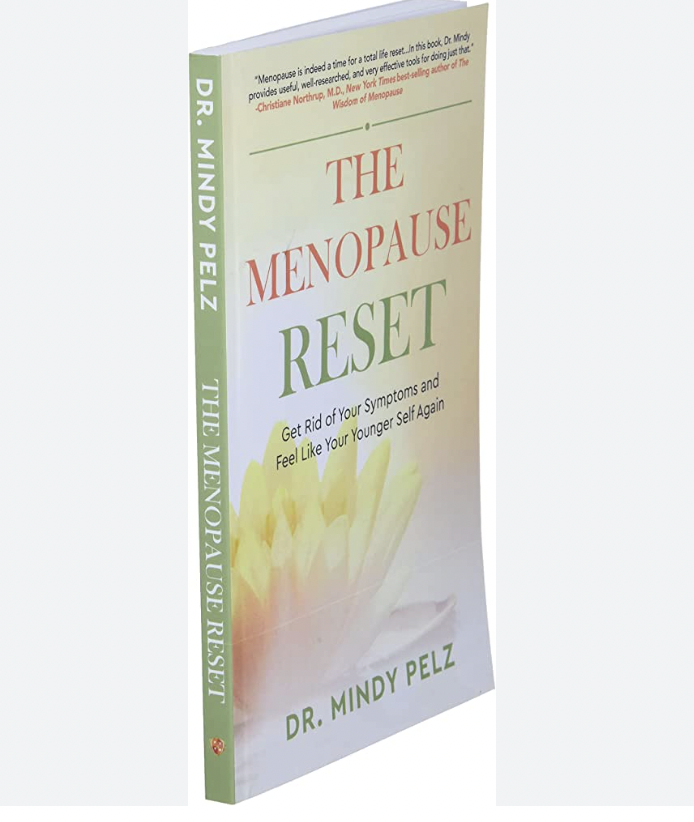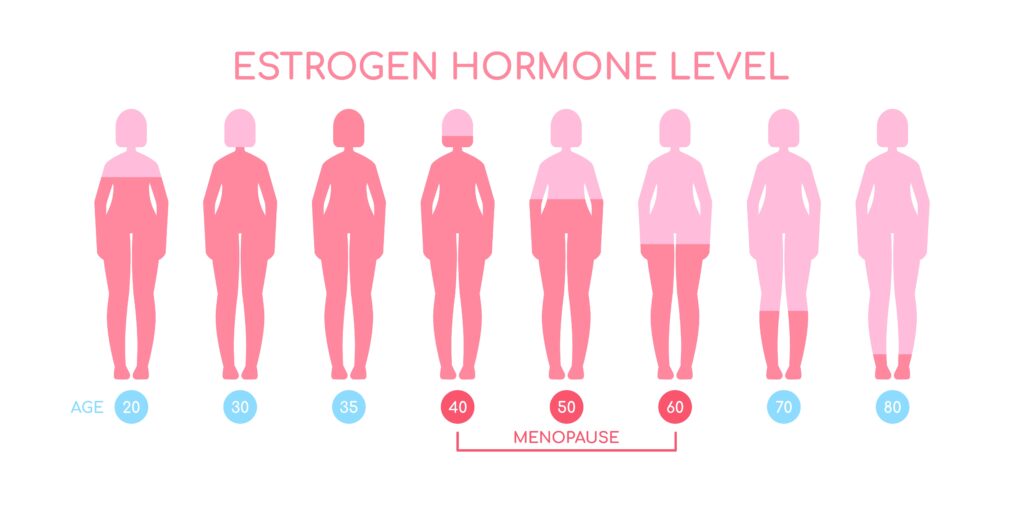I hadn’t heard about Mindy Pelz until a few weeks ago when I was listening to a podcast about menopause, a subject that interests me greatly, since I’m teetering on that peri-menopause/menopause crater.
Having just turned 50, I actually don’t have any real menopause symptoms yet. I haven’t had a hot flash or any weight gain in the belly. My moods haven’t violently swung one way or the other. My sleep is still pretty okay. The one thing that’s happening is my period isn’t as clockwork as it’s been since menarche at 16. Some months it comes after 21 days. Some at 37 days. It’s annoying, but not that bad.

As a Pilates teacher with the majority of my clientele of women over 45, I’ve gotten a front row seat to what can happen, good and bad, before, during and after menopause. Why is it that some women seem to sail through these years of hormonal upheaval coming out the other end with their same slim waist? And others, turn old overnight with the ring of meno-belly fat? I’m trying to get ahead of this thing so I can be in the former group.
After hearing Mindy Pelz speak, I swiftly bought her book, The Menopause Reset and devoured it in one sitting. I loved it because she gives real, action-based solutions – Things you can start doing immediately to improve your symptoms and overall health. Diseases like breast and ovarian cancers often take hold in the post-menopausal years as estrogen and progesterone plummet. She gives concrete ways to course correct during your menopausal years so these diseases have less of a chance to get in.

We have symptoms for a reason. Don’t villainize them! Your symptoms are your body talking to you and they present an opportunity to course correct. She writes about five steps you will go through one by one and begin to layer them to find the right solutions for you. They are:
- When you eat
- What you eat
- Mange your stress
- Work on gut health
- Reduce your toxic load
Since my estrogen/progesterone levels are still holding steady for now, I decided to first tackle the ‘when you eat’ section with intermittent fasting. I realized I’d been doing this by accident by not eating an early morning meal. Between getting the kids up and ready for school and myself to work, my breakfast had flown out the window and I wasn’t hungry anyway.

We have dinner around 7pm and I’d usually end up eating around 10am, which was about a 15-hour fast – one of her first recommendations! I was delighted that I was already doing this without even knowing. Pelz prescribes a whole fasting protocol so I’ve played with 18 hour fasts and may even try a dinner to dinner fast this week. It sounds hard and scary but so far I have more energy from stretching out my time without food and have even dropped a couple pounds with ease.
The next part I’m addressing is cutting down on infammatory foods, namely sweets. To jump start my process, I decided to give up desserts for Lent. I haven’t tried to give up all sugar. My nightly cookie habit has been challenging enough, but I have to admit, with these two adjustments, I feel much better overall – more energy throughout the day, for sure.
As I get more comfortable with intermittent fasting and the cut in my sugar consumption, I’ll add the other layers. Whether you’re in peri-menopause, full on menopause or even post, this book has meaningful insights into the female body that you can use today.
